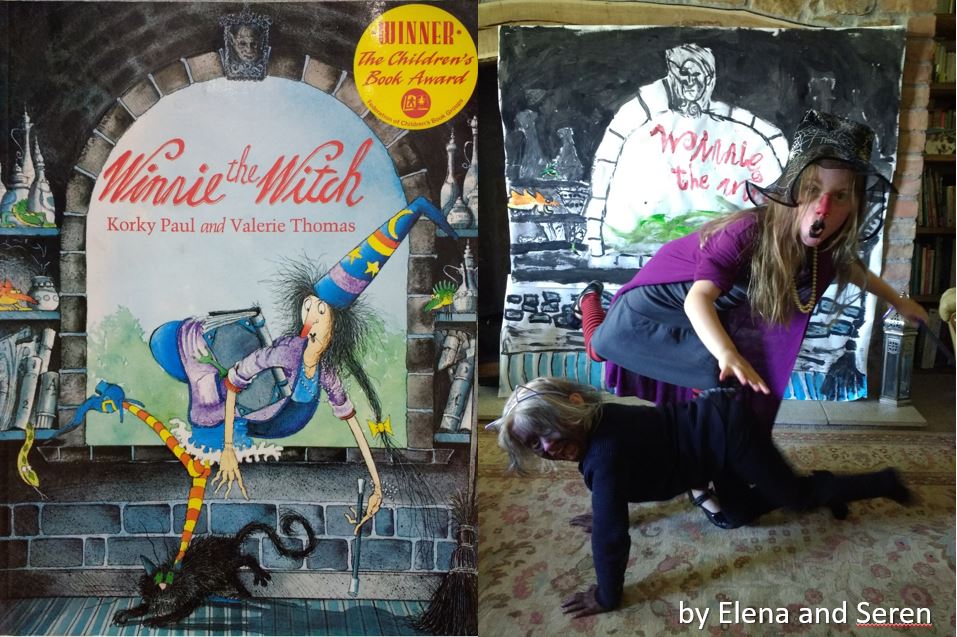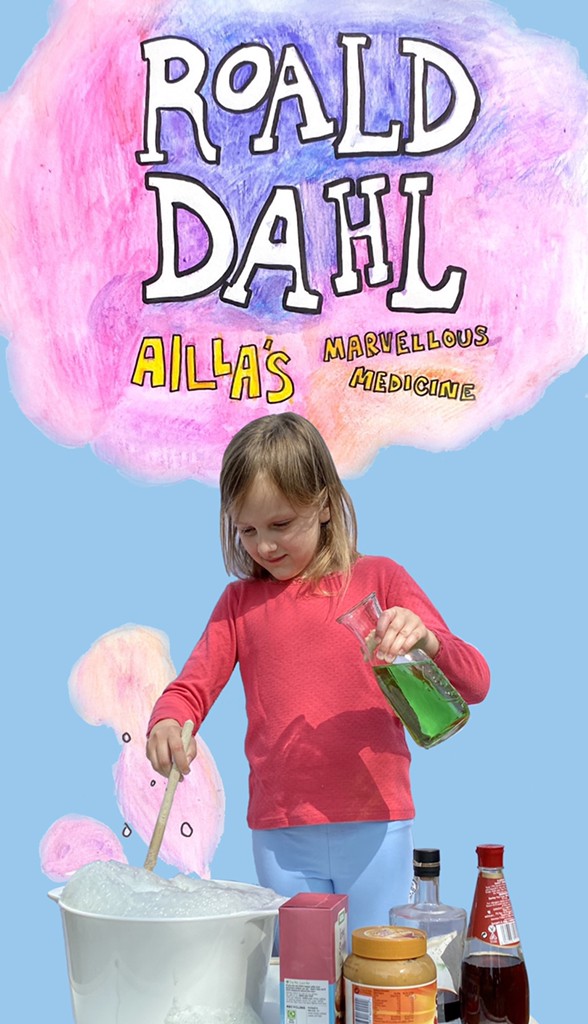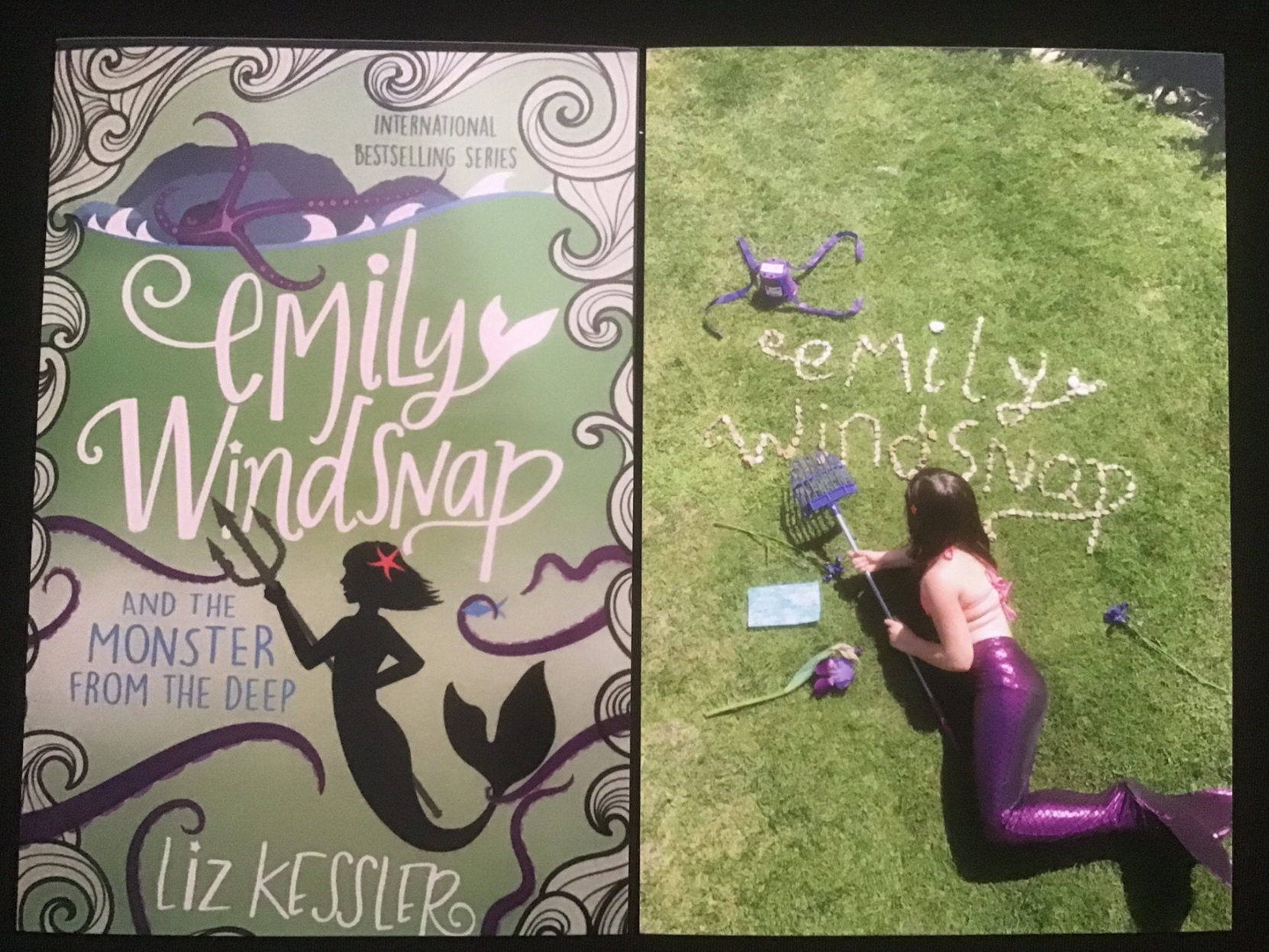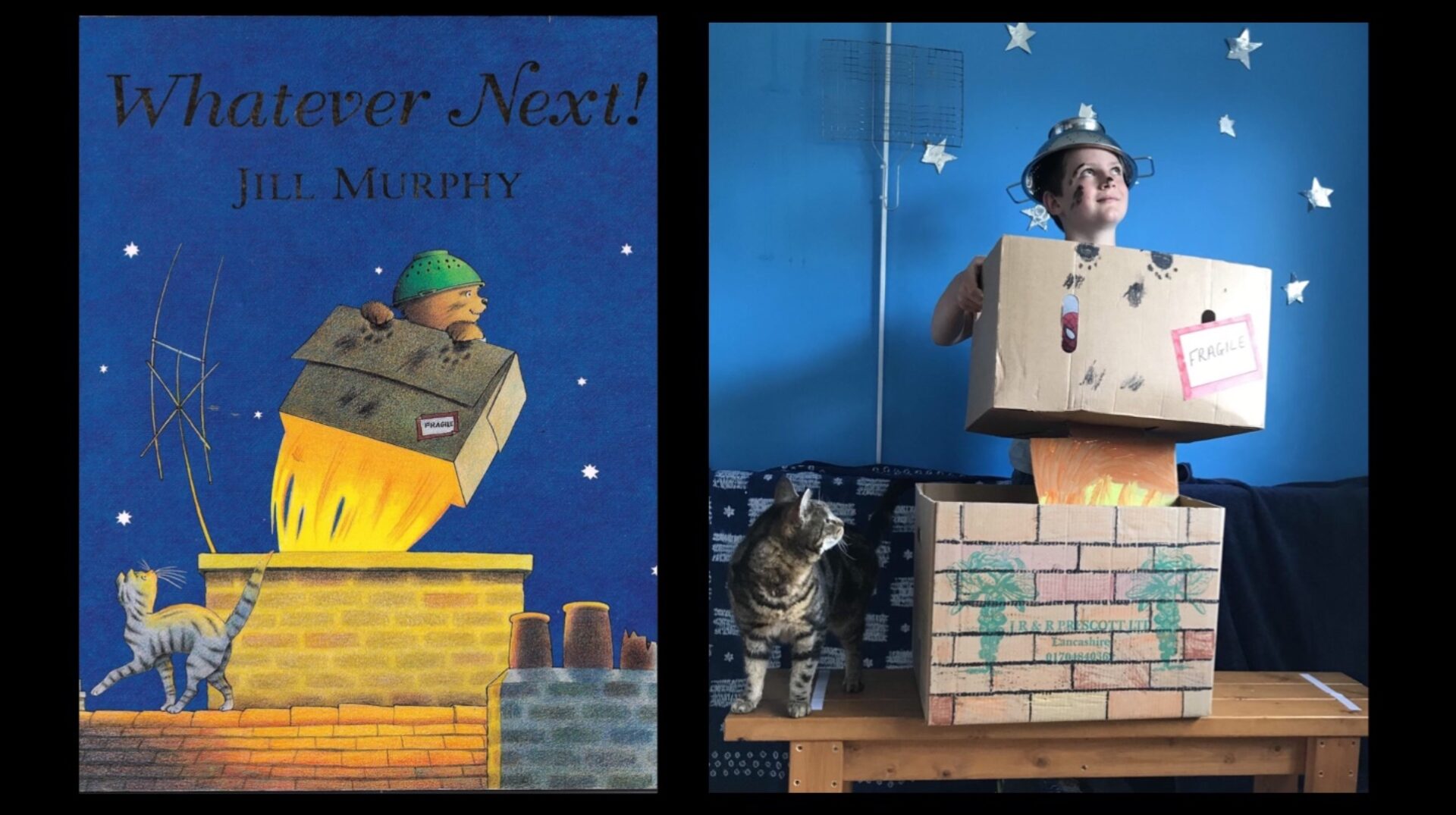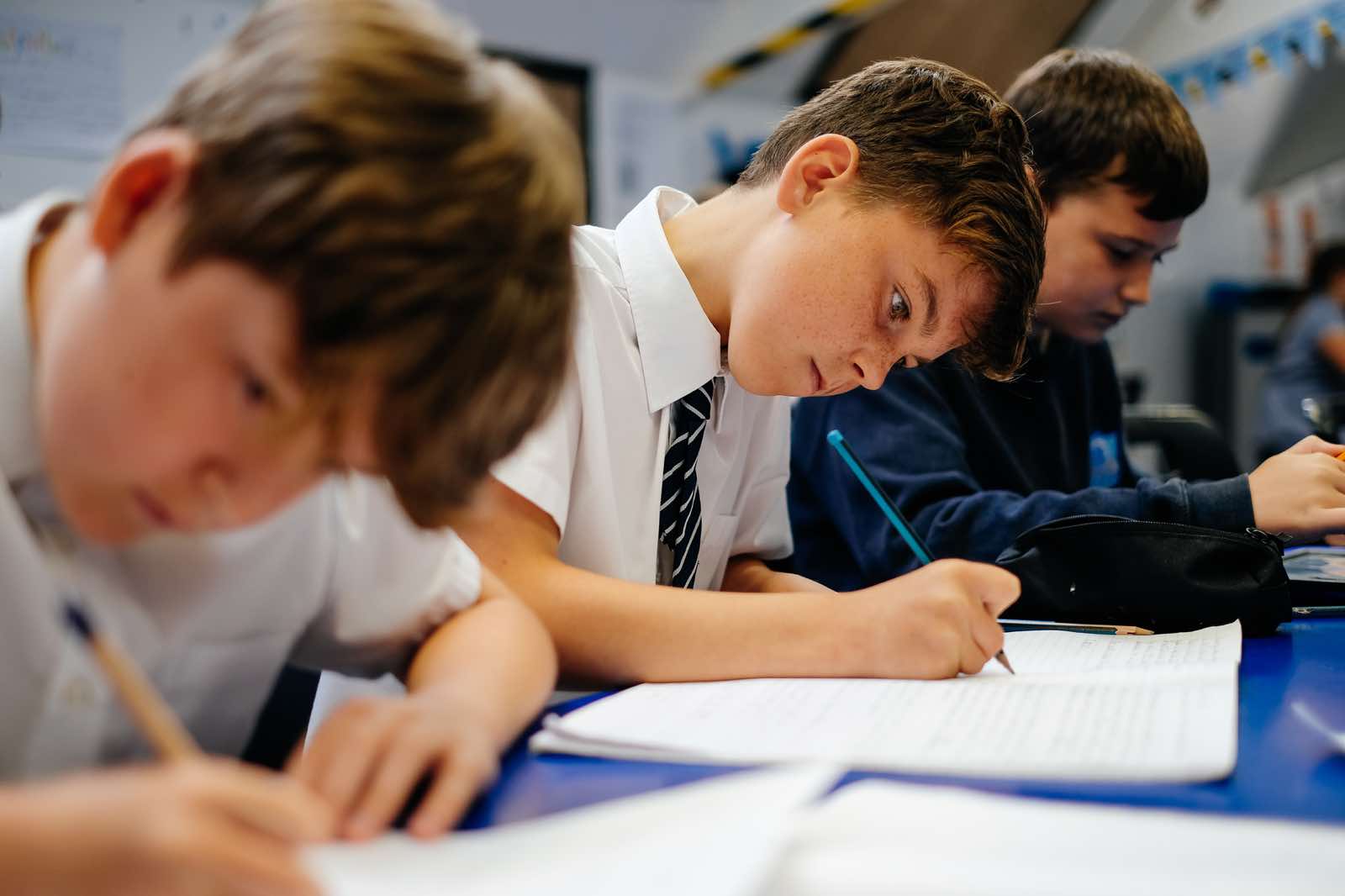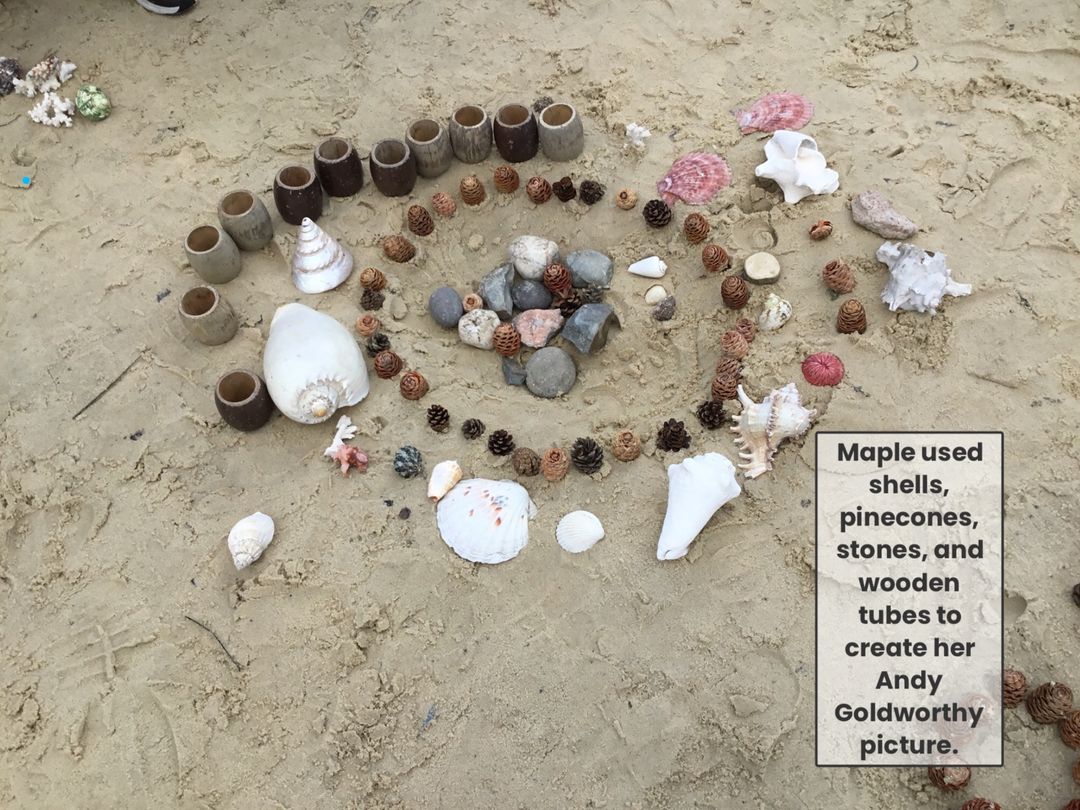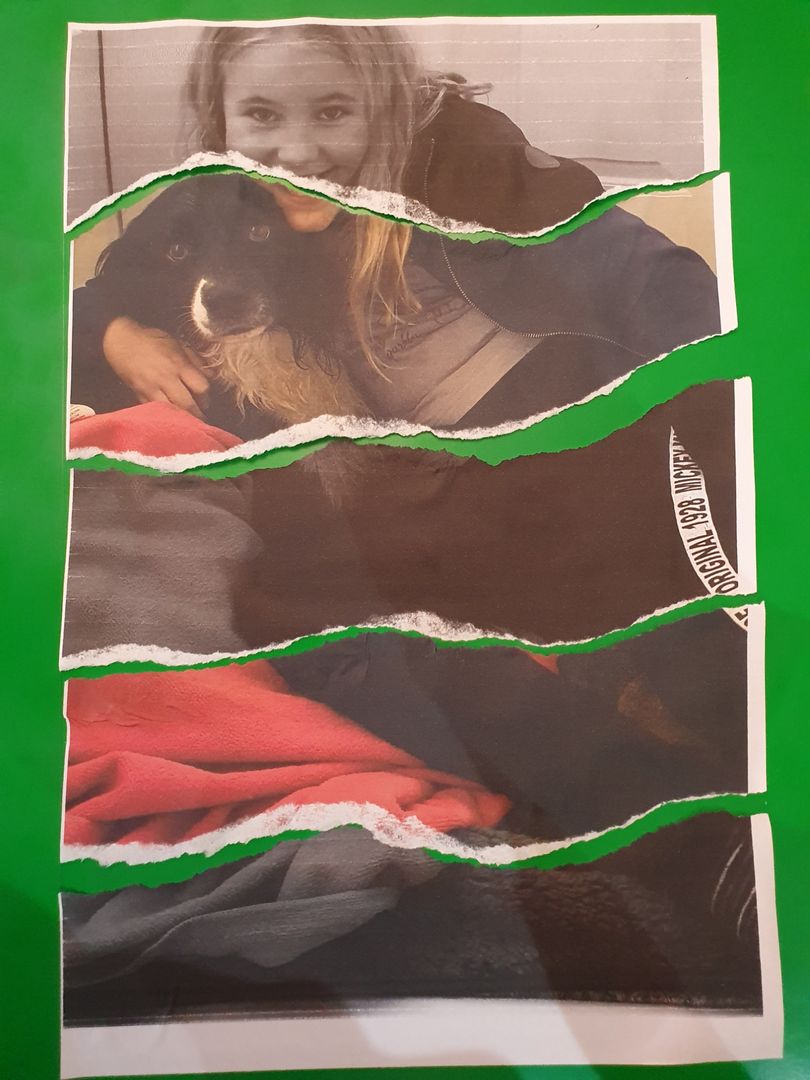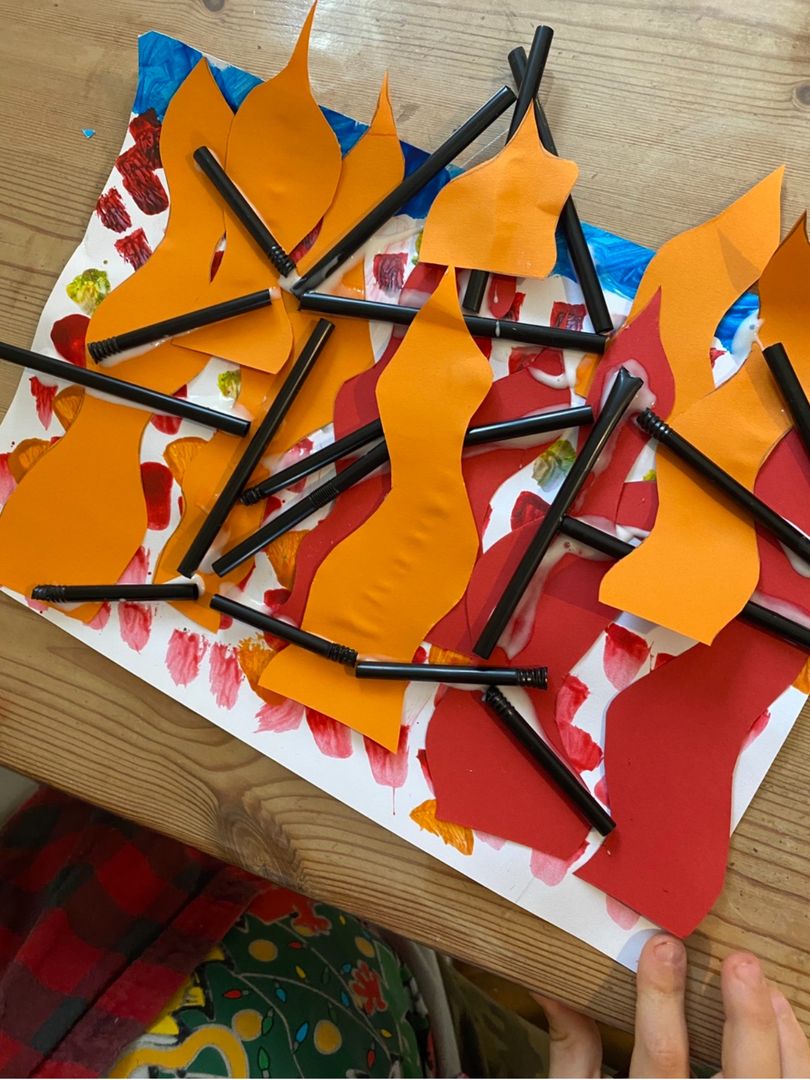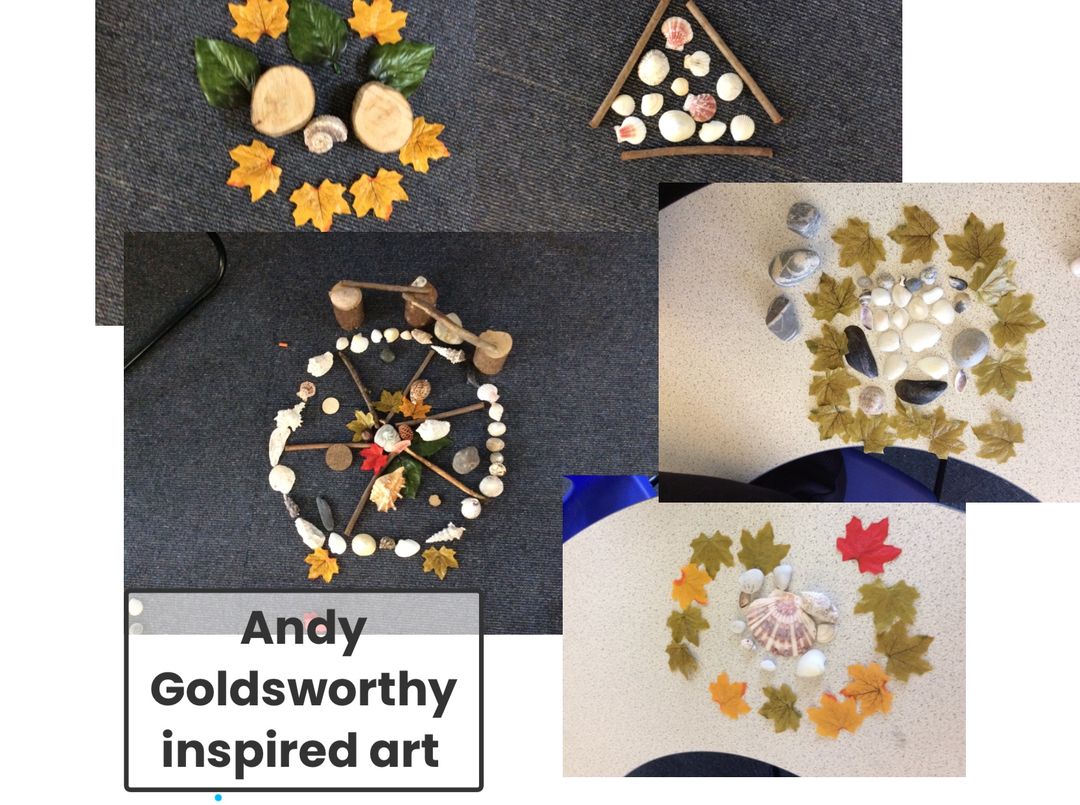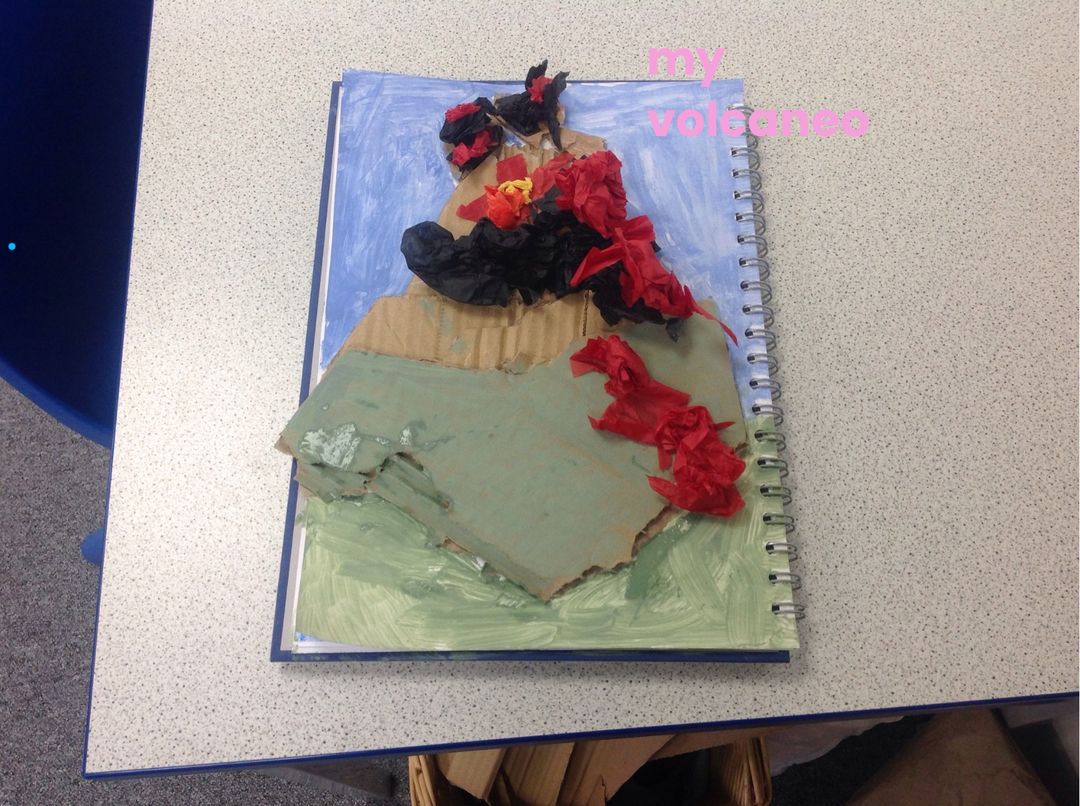Our curriculum is built on joy, curiosity, and purpose. Organised into four interconnected strands—STEM, Creative Communication, Humanities, and Personal & Physical Development—our learning approach blends structured progression with freedom to explore. We balance foundational knowledge and skills with conceptual thinking and creativity, empowering children to follow their curiosity and co-construct learning through COOL Time.
Writing • Art • Music • Languages
Our Creative Communication strand nurtures expression, imagination, and voice. Through writing, art, music and languages, pupils learn to make meaning, tell stories, and share their unique perspectives with the world.
This strand plays a vital role in fostering emotional expression, cultural understanding, and creative thinking; all anchored in joy, curiosity, and purpose.
Our Intent
We believe every child is a storyteller, artist, performer or linguist in the making. Creative Communication equips pupils to:
- Express ideas, identity, and emotions confidently
- Develop fluency in written, spoken and artistic languages
- Explore diverse forms of communication across cultures and time
- Take creative risks and celebrate their imagination
How We Organise Learning
Learning is carefully structured to ensure foundational skills are secured (e.g. spelling, grammar, brush control, musical notation), while conceptual understanding evolves through authentic, purposeful projects.
We use a blend of:
- Adult-led instruction to build fluency in writing and artistic techniques
- Co-constructed learning to develop pieces collaboratively with peers and teachers
- Child-initiated learning during COOL Time, where pupils pursue personal creative passions
Foundational vs Conceptual Learning in Creative Communication
| Type | Example | Approach |
| Foundational Knowledge | Sentence structures, musical notes, colour theory | Structured modelling and rehearsal |
| Foundational Processes | Editing a draft, mixing paint, learning vocabulary | Guided and scaffolded practice |
| Conceptual Knowledge | Tone, symbolism, audience awareness | Explored through diverse media and genres |
| Conceptual Processes | Story planning, composing, translating | Developed through open, reflective tasks |
The Role of COOL Time
COOL (Choose/Carry On Our Learning) Time is a catalyst for creative freedom. Children might:
- Extend a story or poem they began in class
- Compose their own song or soundtrack
- Build a bilingual comic strip or drama piece
- Explore digital art or animation independently
These choices foster self-expression, reflection, and imaginative experimentation, supported by QI Skills like:
- Me – developing personal voice and identity
- What If – thinking creatively
- Wobble – refining through feedback
- We – collaborating on creative outcomes
Progression and Coherence
Creative Communication follows a clear, skills-based progression from Early Years to Upper KS2:
- Core skills such as handwriting, drawing techniques, and phonics are taught explicitly
- Conceptual understanding around message, emotion and audience builds over time
- Interdisciplinary links are used (e.g. illustrating science learning or writing historical fiction)
COOL Time allows children to revisit and deepen learning in personalised and meaningful ways.
Local and Global Connections
We draw inspiration from Cornish legends, local artists, and community stories while embracing global voices and artistic traditions. Whether writing persuasive letters to MPs or exploring Indigenous art forms, children learn that communication has the power to inspire change.
In Practice: A Creative Communication Journey
Y3/4 Writing & Art Integration: After reading Cornish myths, pupils co-wrote their own illustrated legends. During COOL Time, several children developed storyboards and scripts for stop-motion animations or iMovies, combining narrative structure with digital art tools.
Our curriculum blends structure and freedom, enabling every child to gain foundational skills while exploring and expressing their thinking deeply through joyful, purposeful learning.

